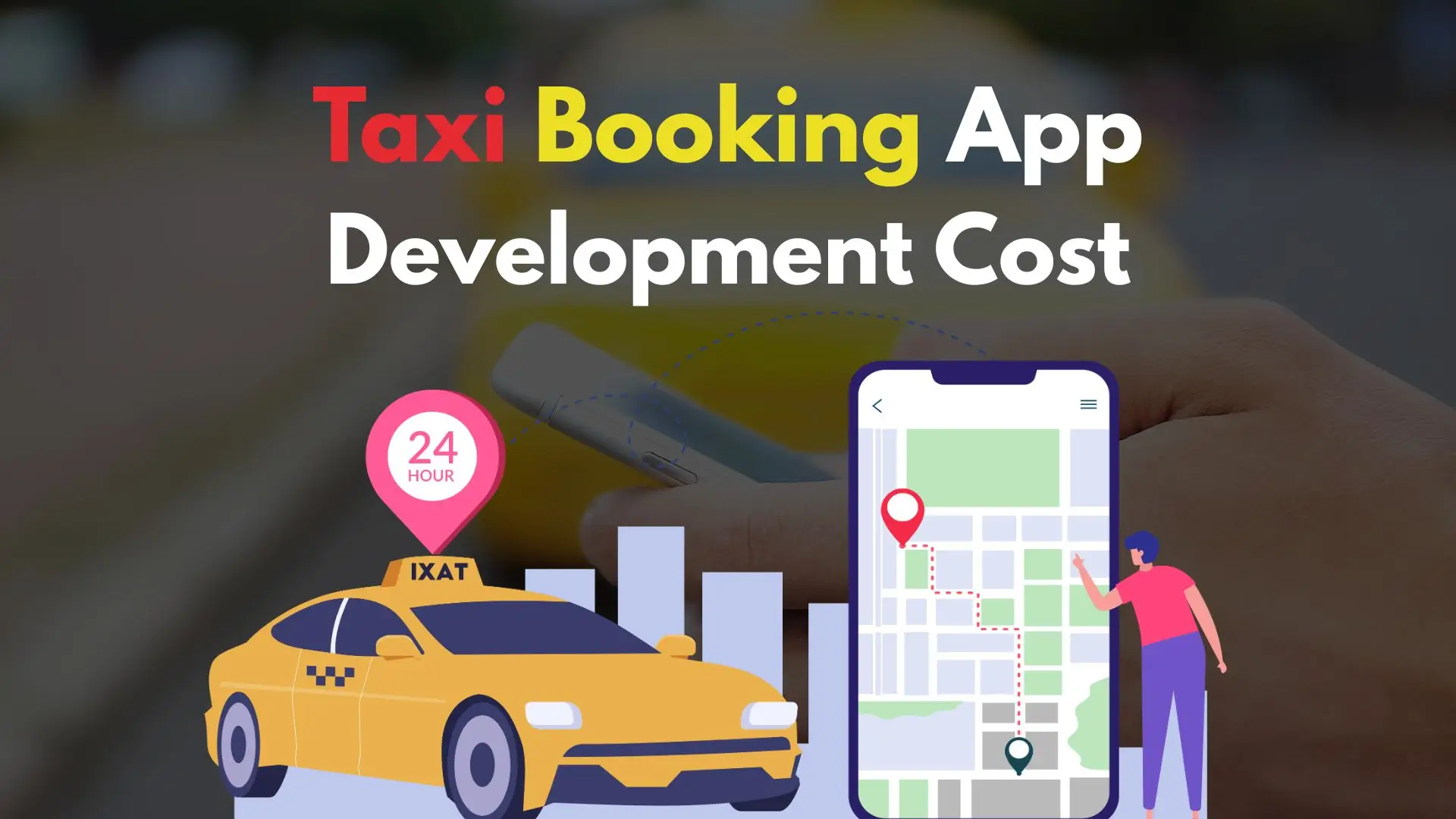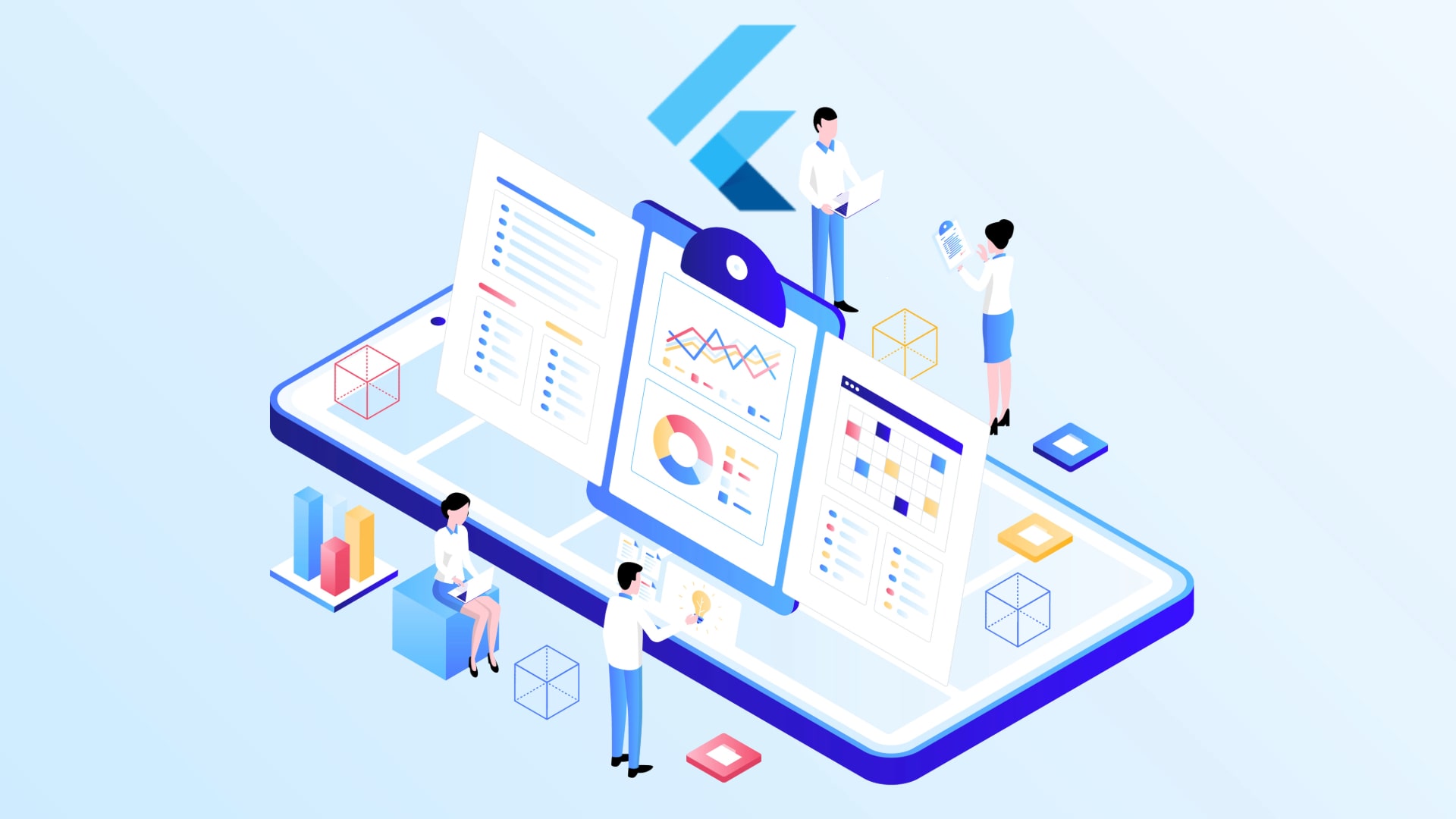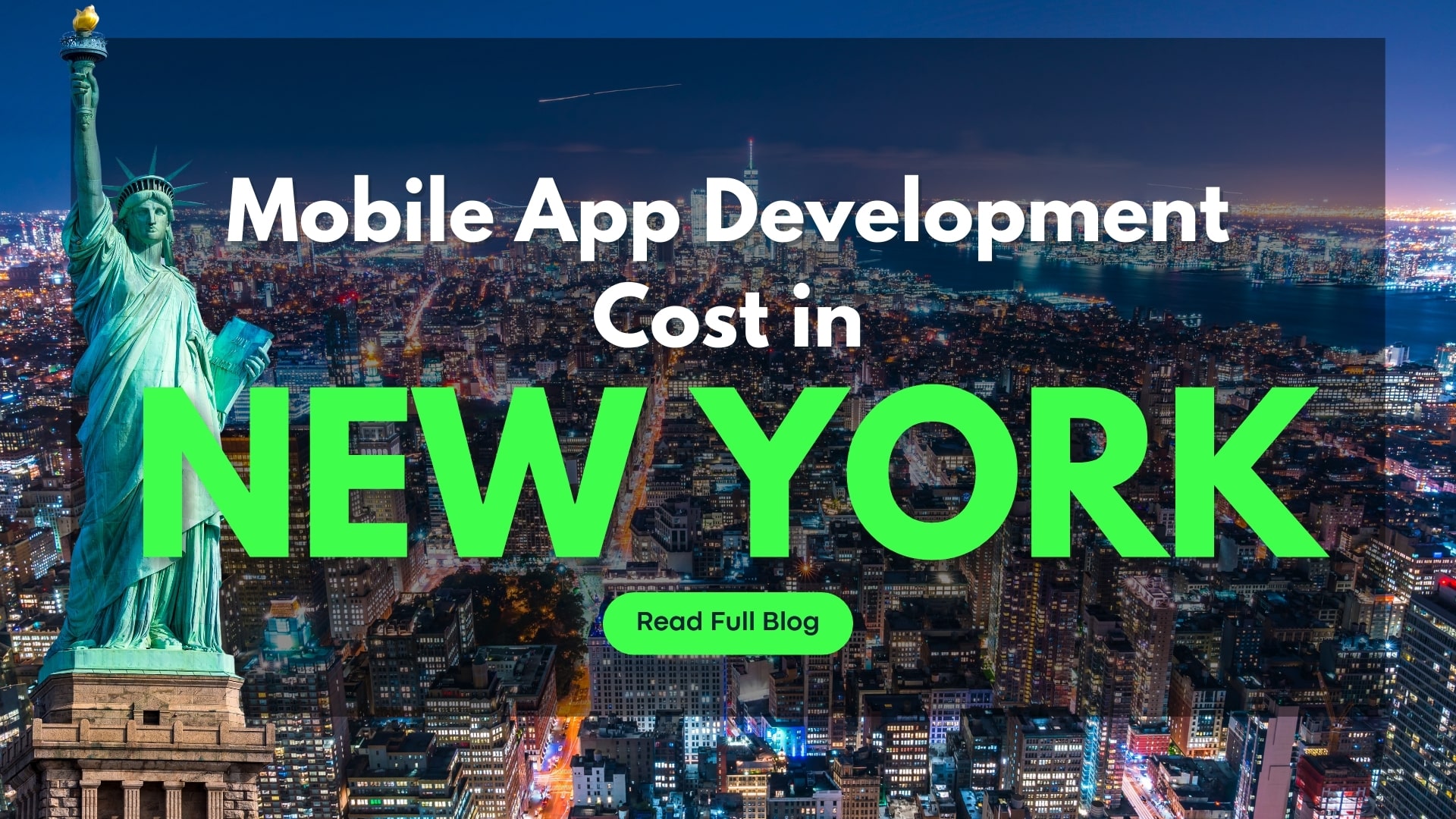How Much Does It Cost to Develop a Taxi Booking App?
In the modern era, booking a taxi has become an easy task. Taxi booking applications have changed the way people travel. People of different ages can quickly book a taxi to their destination in no time. This guide aims to help developers and entrepreneurs develop their taxi app with a user-friendly and engaging interface. This guide walks you through the details of taxi booking app development and the key factors that influence the success of the application. Let’s dive in!
Table of Contents
ToggleWhat is a Taxi Booking App and Its Development?
As the name suggests, a taxi booking app is a digital platform through which users can connect with taxi drivers, making the transport more efficient and accessible. Using this app, passengers would not have to wait on the roadside, waiting for a taxi. Instead, they can simply tap a few times, and their ride will come to their location. On the other hand, taxi booking app development is the process of creating a taxi app from scratch using the latest technologies, programming languages, and development frameworks. The process involves creating a user-friendly interface and a robust backend with navigation, security, pricing calculation, payment gateway, etc. Taxi app development is a lengthy process and involves several important stages.
How Does a Taxi Booking App Work?
In a world where time is crucial for everyone, convenience also plays an important role. People often use public transport, such as taxi cabs, to reach their destination. Taxi booking apps make the process of hiring a taxi cab using a smartphone in no time. In this guide, we will discuss the factors affecting the taxi booking app development cost in 2025. Whether you are stepping into the taxi service business or a developer looking to sharpen skills, this comprehensive guide is your ultimate knowledge destination, covering all the essential topics related to the cost of developing a taxi app.
Taxi Booking App Development Statistics 2025
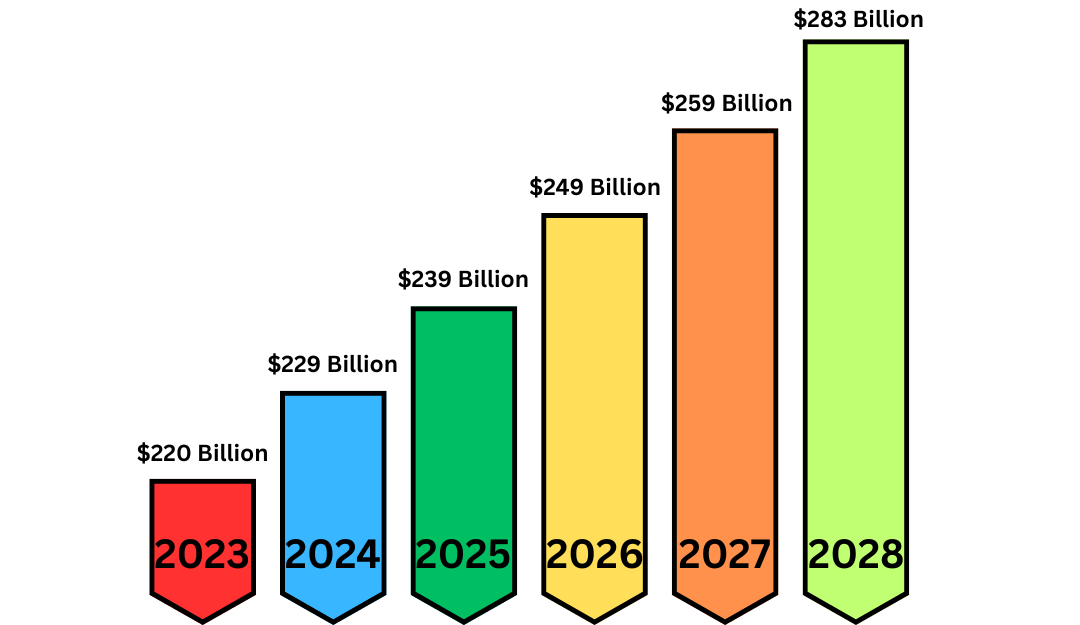
According to a report by Business of Apps, the global market cap of taxi application development in 2023 was $220 billion and gradually grew to $239 billion in 2025. With a CAGR of 4.2%, the market size is expected to grow to $283 billion by 2028.
Types of Taxi Booking Apps and Their Cost to Develop
[1] On-Demand Taxi Booking App
On-demand taxi booking mobile apps such as Ola and Uber offer convenience to passengers. It eliminates the need to wait for a taxi on the sidewalk. Users can instantly open the app and book a ride to their destination. These apps have many features such as multiple payment options, real-time live tracking, fare estimation, and connecting with nearby drivers. Estimated Cost: $20,000 to $100,000.
[2] Corporate Taxi Booking Applications
These kinds of apps are popular among large businesses with thousands of employees. Businesses can connect with these apps to provide taxi services for picking up and dropping off their employees at the office on time. The employees can also use the service for business-related travel. The apps have features such as expense management, ride scheduling, etc. Cost Estimate: $30,000 to $120,000.
[3] Ride Sharing App
Ride-sharing applications enable multiple passengers travelling in the same direction or to the same destination to share a ride. This helps to save the expenses of all the passengers and also saves fuel consumption of the vehicle. These apps come with a variety of features such as fare splitting, route optimization, user verification, etc. Cost Estimate: $40,000 to over $130,000.
[4] Luxury and Limousine Booking App
Not everyone can own a luxury vehicle. But many businesses offer luxury vehicles for rent to high-end customers through dedicated mobile applications. These apps focus on exclusivity and comfort and offer premium vehicles and chauffeur services at a reasonable price tag. Cost Estimate: $50,000 to $200,000.
[5] Cab Booking App
A cab booking application enables the local taxi drivers to get registered themselves and start offering services to customers via the app. The app helps them to connect to a large number of users, which would not be possible with traditional methods. These apps have basic features such as driver details, ride tracking, fare estimation, etc. Cost to Develop: $20,000 to $80,000.
[6] Bike Taxi App
Bike taxi apps such as Rapido allow commercial bike owners to register themselves and start providing taxi services using their bikes. These apps offer quick and affordable bike taxi services in cities with highly congested roads where regular four-wheeled taxis cannot move fast. Cost Estimate: $20,000 to $70,000.
[7] Airport Taxi Booking App
These applications are designed and developed to offer seamless taxi booking for airport travel. These apps offer 24/7 services and have features such as flight tracking and scheduled pickups. The passengers can choose from various options of vehicles, such as an SUV or a hatchback etc. Estimated Cost: $30,000 to $90,000.
Factors Affecting Taxi Booking App Development Cost
[1] Selection of the Platform
Selecting a platform is a crucial step in deciding the cost of taxi app development. Developing a native app that works on a single platform, such as Android or iOS, would cost more due to the time and resources required to develop the app for both platforms individually. Opting for cross-platform development would significantly reduce the overall cost because a single codebase would be used to develop the app for multiple platforms, hence reducing the time and resources.
[2] Features and Complexity
A taxi booking app like Ola has a lot of features and functionalities. These kinds of apps are highly complex and require more time and resources to develop. Complex applications have integrations such as AI/ML, blockchain, payment gateway, etc, and require a significant cost to develop. Whereas, a smaller app with basic features such as fare estimation, etc, would cost less to design and develop.
[3] Development Team Size and Location
The development team is an important factor in determining the development costs. If the team is small, it would charge less compared to a large team of managers, developers, testers, etc. The size of the team is determined by the size and complexity of the project. Also, if the team is situated in the USA or Europe, it will charge more than a team situated in India or Australia.
[4] Third-Party Integrations
Third-party integrations enhance the overall features and functionalities of the app. APIs such as Google Maps, Mapbox, PayPal, Stripe, etc require licensing fees on a monthly basis and is added to the overall development costs. But the cost of third-party integration is generally less than developing the APIs and tools from scratch. Only the integration cost and licensing cost are included.
[5] Post-Deployment Maintenance and Updates
The journey is not over after the deployment of the app. Continuous monitoring of the app is needed to ensure it works fine without any issues. Regular maintenance and updates ensure the app is bug-free and new features and functionalities are added to it. Maintenance cost is charged on an annual basis, and the price varies as per the size and type of application.
Integration Cost of Essential Features in Taxi Booking Application
[1] User Registration and Login
Register on the app and create a profile with details such as name, email, contact number, payment preference, etc. Cost: $2,500 to $7,000.
[2] Real-Time Location Tracking
Provides the user with real-time and live location of the taxi. For the driver, these features provide turn-by-turn navigation to the passenger’s location and destination. Cost: $4,000 to $12.000.
[3] Multiple Payment Options
Enables various payment options to the user, such as cash, debit card, credit card, digital wallet, UPI, etc. Cost: $3,000 to $10,000.
[4] Ride Scheduling
Allows the users to book their rides in advance and schedule it according to their desired date and time. Cost: $3,000 to $8,000.
[5] Fare Estimation
Helps the users to get an estimate of the total fare based on distance, time, surge pricing, and location. Cost: $2,000 to $6,000.
[6] Driver and Vehicle Details
Get the details of the driver, such as name, contact number, and details of the vehicle, such as model and registration number etc. Cost: $3,000 to $8,000.
[7] In-App Call and Messaging
In-call and messaging features help the passengers and driver to communicate for coordination. Cost: $3,500 to $9,000.
[8] Emergency SOS Button
The Emergency SOS feature enables passengers to connect with local authorities and close contacts in case of emergency. Drivers can contact the support team in such incidents. Cost: $2,500 to $8,500.
[9] Reviews and Ratings
Users can write reviews about the ride experience and give a rating to he driver and the ride. Cost: $1,500 to $5,000.
[10] Ride History and Invoice Generation
Users can see their past rides and generate invoices for tracking their expenses. Cost: $2,500 to $7,500.
[11] Promo Codes and Discounts
Users can see various promotional offers and apply discount codes and coupons for additional benefits. Cost: $2,000 to $6,500.
[12] Admin Panel
The admin panel enables full control of the application and oversees the operations and performance of the app and the drives through it. Cost: $7,000 to $20,000.
Follow an End-to-End Taxi Booking App Development Process
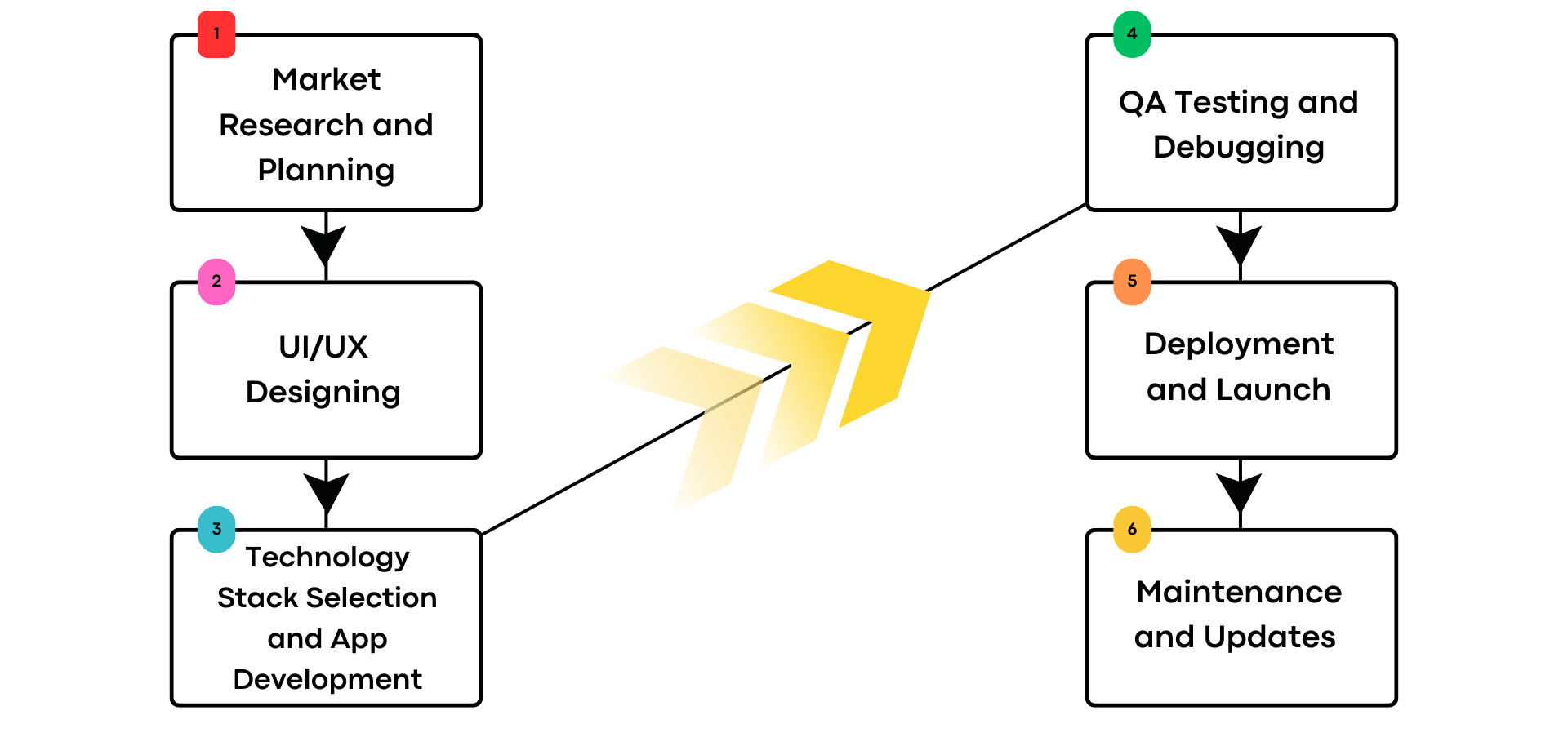
[1] Market Research and Planning
This is the very first stage of the whole development process. In this stage, conduct extensive market research related to your industry niche. Analyze your competitors to see their unique selling points. Identify the market gaps to see what is unique you can offer to the customers. As per the result, prepare a strategic and well-defined project plan to ensure the app meets user needs and stands out in the competitive ride-hailing industry. Decide on the revenue model, such as commission-based, rental model, etc, and understand the legal regulations necessary for launching the app. Estimated Cost: $5,000 to $15,000.
[2] UI/UX Designing
The user interface and user experience play a major role in deciding the success of the application. In this stage, start designing the wireframe of the application to decide the basic layout of the app. Focus on creating a UI/UX with seamless navigation within the app, intuitive design, appealing visuals, and accessibility. Ensure the UI is fast and highly responsive even in the toughest situations, and color schemes, typography, and interactive elements that improve the overall user experience. Cost Estimate: $8,000 to $25,000.
[3] Technology Stack Selection and App Development
After the design is developed, select the appropriate technology stack that suits the app project’s requirements, as it impacts the overall app’s performance and scalability. You can select the latest tech stacks, such as Reach native, Python, Java, Kotlin, etc. This stage has many processes such as frontend and backend development, API integration, setting up databases and storage, implementing secure payment gateways, and robust security measures etc. Also, ensure the app is highly scalable to meet future needs. Cost Estimate: $30,000 to over $100,000.
[4] QA Testing and Debugging
After the development, the testing stage is initiated to ensure the app is working fine. Test cases based on various aspects of the app are created, and different types of tests, such as unit testing, integration testing, functional testing, non-functional testing, security testing, etc, are performed. Debugging the application improves the reliability before its launch. Quality Assurance is done to ensure the app meets the client’s expectations and performs well as intended, and reduces the chances of post-deployment issues. Estimated Cost: $10,000 to $30,000.
[5] Deployment and Launch
Once the app is finished testing, it is time to submit it to the respective application stores of the platforms (the Play Store of Android and the App Store of iOS). The submission fees depend on the platforms, and the review period is from several days to weeks, depending on the type and complexity of the app. Focus on App Store Optimization (ASO) to ensure the app is visible to users in the search query, and launch the app with extensive marketing and promotional campaigns to ensure the app reaches a wider audience. Cost: $5,000 to $15,000.
[6] Maintenance and Updates
The deployment phase does not mark the end of the journey. After the app is launched and it starts getting used, it will need to be monitored for performance and technical issues that may arise during runtime. Develop and roll out new updates that include security updates, bug and error fixes, and new features and functionalities that scale the app and make it more competitive and relevant in the market. Estimated Cost Required: $10,000 to $40,000 Annually.
Select the Appropriate Technology Stack for Taxi Booking Mobile App Development
[1] Frontend Development
- Mobile Development: Kotlin, Swift, React Native.
- Web Development: React.js, Angular.js, Vue.js.
- UI/UX Designing: Adobe XD, Figma, Sketch.
[2] Backend Development
- Languages: Python, Java, Ruby on Rails, Node.js.
- Development Frameworks: Spring Boot, Express.js, Django.
- DBMS: MySQL, PostgreSQL, MongoDB.
[3] Hosting and Cloud
- Cloud Services: AWS, Azure, GCP.
- Hosting: Firebase, DigitalOcean, Heroku.
[4] Third-Party Integrations
- Stripe, PayPal, Razorpay, Google Maps API, Mapbox, OneSignal, Firebase Cloud Messaging, OAuth, Firebase Authentication.
[5] Analytics
- Mixpanel, Google Analytics, Tableau.
[6] Security and Compliance
- SSL/TLS, AES Encryption, GDPR, PCI-DSS.
[7] IDEs
- Android Studio, Visual Studio, VS Code, Xcode.
Monetization Strategies to Generate Extra Revenue
[1] Surge Pricing
There are times when the demand is high, such as during office hours, bad weather, etc. In that case, you can increase the fare price by a few percent during peak hours. Implement dynamic pricing to ensure that the fare is adjusted based on demand, which allows the drivers to earn more while increasing your commission. Passengers would pay the increased price due to the time of urgent need.
[2] Premium Subscription Plans
Offering monthly or annual subscription plans with premium features, such as priority bookings, discounted rides, or access to luxury vehicles, etc, to generate extra income and boost the user retention rate. Introducing a driver benefit program in the app would give professional drivers lucrative incentives for consistently having higher ratings.
[3] In-App Advertisements and Partnerships
You can collaborate with brands to display ads on your application in exchange for money. Shopping malls, restaurants, outlets, etc, can for their visibility by showing targeted ads to the passengers. Offer exclusive promo codes and discounts to users who visit the partnered location to increase engagement.
[4] Corporate Partnerships
You can partner with corporate enterprises that require a transport facility for their employees daily. You can offer cab services to the employees, such as workplace transport solutions, scheduled rides, or expense-tracking features, etc. The companies would pay you every month or per-ride basis.
How to Optimize Taxi Booking App Development Cost?
[1] Define Core Features and Requirements Before Development
Before starting the development, it is advisable to clearly define the core features such as GPS navigation and location tracking, payment gateway, etc, and other requirements. It is beneficial to do so as it helps to develop important features and avoid wasting time and resources on unnecessary features.
[2] Select the Right Development Approach
There are mainly 2 types of development approaches, native and cross-platform. Prioritize the cross-platform development approach using frameworks such as Flutter and React Native, as they use a single codebase to develop the whole app for multiple platforms, hence saving a lot of time and resources and reducing the overall development costs.
[3] Use Pre-Built Tools and Open-Source Solutions
There are many third-party tools and open-source software for performing various development tasks such as testing, integration, etc. These are maintained by the community and offer regular updates. Use pre-built modules with modifiable code to reduce the overall time and cost to develop the taxi booking app.
[4] Leverage Third-Party APIs
Use third-party APIs to enhance the overall features and functionalities of the app. APIs for payment gateway, navigation, maps, call, and messaging, etc, come with licensing fees and are highly affordable compared to developing the API from scratch, thus reducing the development cost.
[5] Focus on Scalable Infrastructure
An app would not stay the same forever. With time, it needs to be updated to add more features and functionalities to meet the market trends and user demands. Make the app modular so that it can be easily upgraded without changing the entire infrastructure. A scalable app will reduce costs in the long run.
How to Select a Taxi Booking App Development Company in 2025?
There are several factors that you need to consider when looking for a reliable taxi booking application development company in 2025. The firm should incorporate end-to-end communications with the client and should have an excellent portfolio with positive client reviews. It should deliver the project on time and should use the latest tools and tech stack to develop the application. Last but not least, the company should keep the client at the center of focus and involve them in every stage of the development process. Next Olive is one such company that satisfies all the above criteria and has proven itself with over 13 years of experience and over 100 taxi booking app developers. You can hire them for excellent quality product delivery.
Conclusion
In conclusion, the taxi booking app development cost depends on several important factors such as size, complexity, features, type, platform, etc. Whether you are a business owner or a developer, this guide covers all the essential aspects of the cost of developing a ride-hailing app from scratch and suggests various cost optimization tips and monetization strategies
Frequently asked questions (FAQs)
The time required to create a taxi app depends upon factors such as type, size, and complexity etc. Generally, it takes about 2 to 4 months for a basic application, 4 to 8 months for a medium-complexity app, and 8 to more than 12 months for a highly complex app.
A white label taxi app is like a generic app that can be used by individuals or businesses to rebrand it with their name, logo, theme, etc, and sell it as their own.
Some of the leading taxi app development firms are:
- Next Olive Technologies
- Appinventiv
- Rippenapps
- Trangotech

